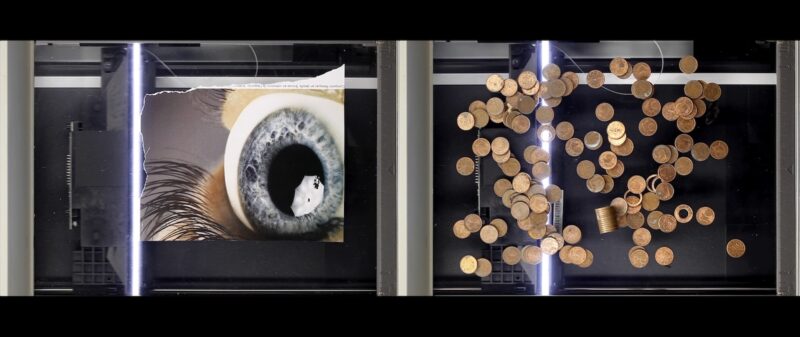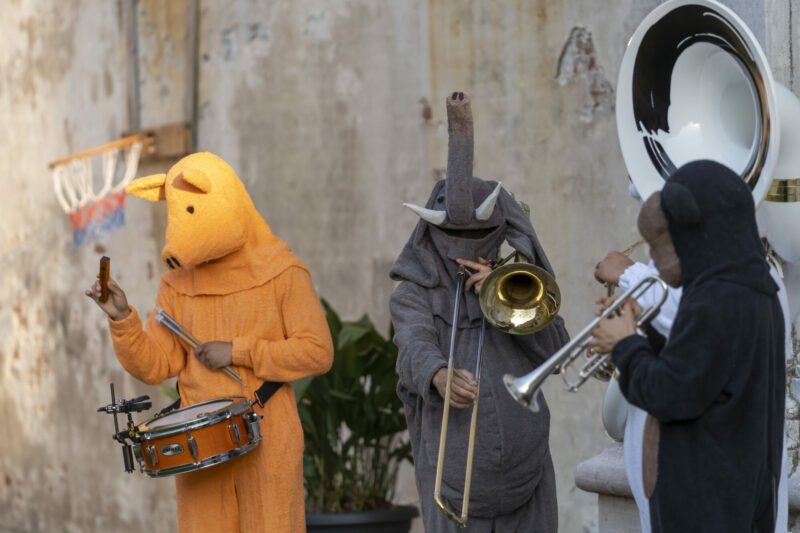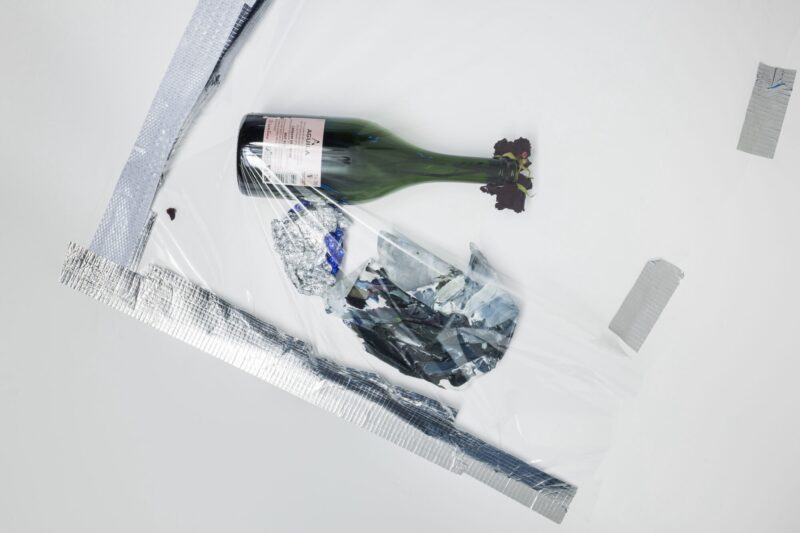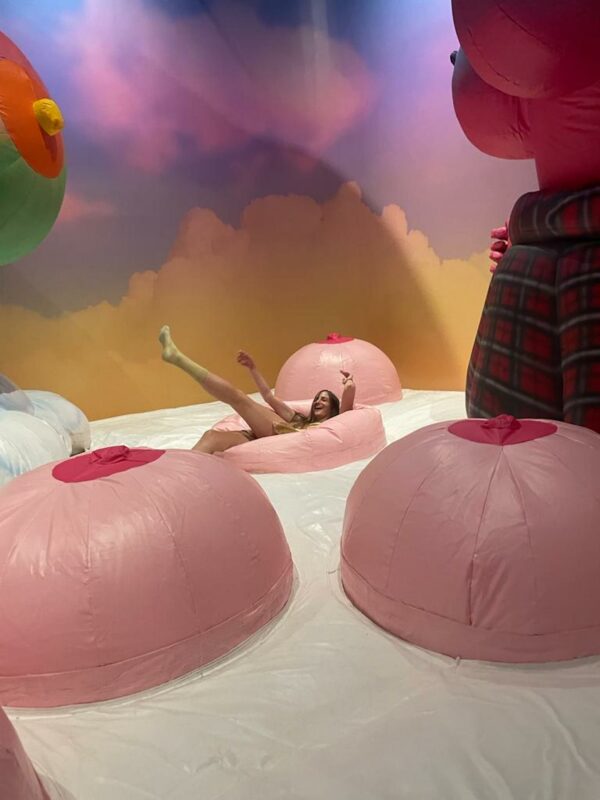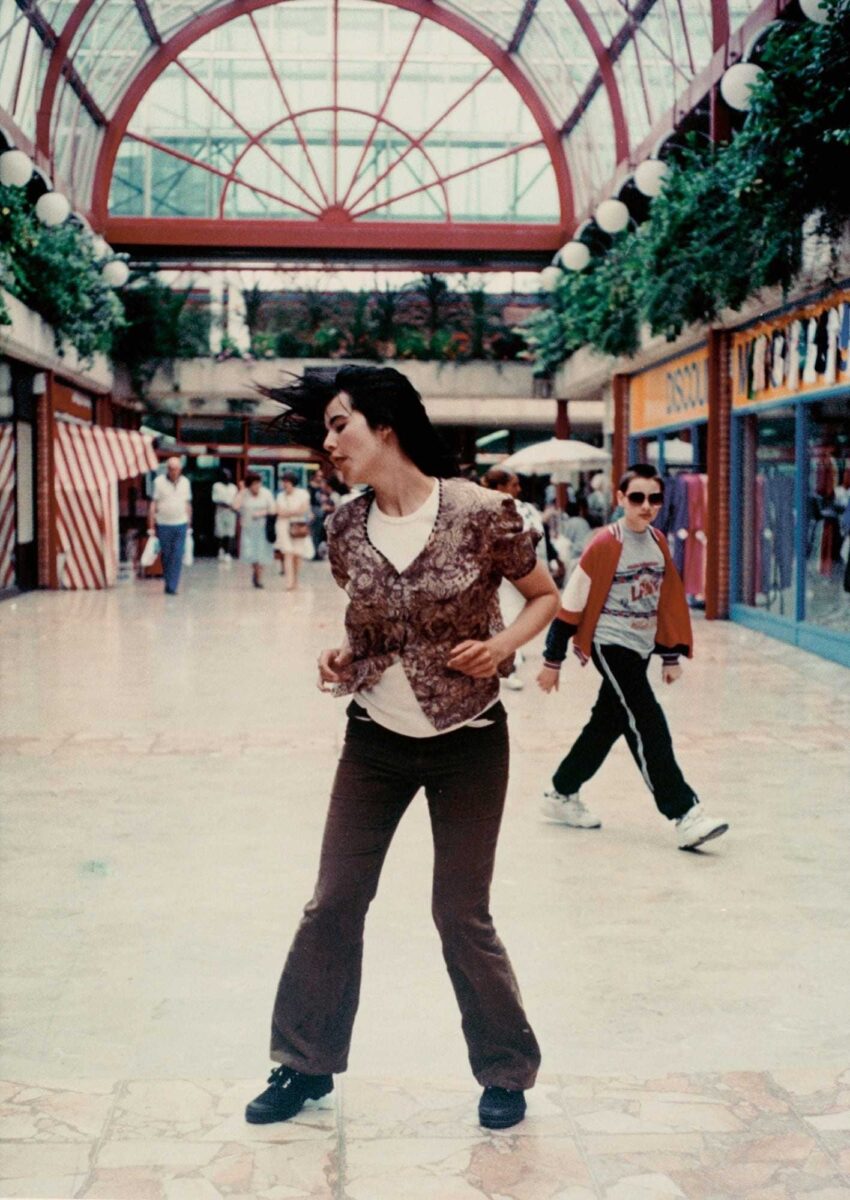
Over the last several decades, Gillian Wearing’s work has chronicled confessions, taboos, and voyeuristic inclinations. Her videos and photographs often confront separations between private and public realms. Shot in a southeast London shopping mall, Dancing in Peckham depicts the artist freely dancing alone, without headphones and unaccompanied by music. Wearing’s camera also positions passersby as unwitting participants in the performance.
As part of an ongoing collaboration between MoMA PS1 and MoMA, this presentation marks the first time Dancing in Peckham has been on view since entering the collection of The Museum of Modern Art in 2022.
Gillian Wearing: Dancing in Peckham, September 26th, 2024 — January 6th, 2025, MoMA PS1
About the artist
Gillian Wearing was born in 1963 in Birmingham, England. After settling in London in 1983, she studied at the Chelsea School of Art and Goldsmiths College, University of London, earning a BFA in 1990. City Racing in London hosted her first solo exhibition in 1993. In her photographs and videos, Wearing records the confessions and interactions of ordinary people she befriends through chance encounters. Her work explores the differences between public and private life, the individual and society, voyeurism and exhibitionism, and fiction and fact. She has described her method as “editing life” and has acknowledged as influences Michael Apted’s ongoing series of documentaries Seven Up, begun in 1964, and Franc Roddam and Paul Watson’s The Family (1974), a popular British television program. In its candor and psychological intensity, Wearing’s work extends the traditions of photographic portraiture initiated by August Sander, Walker Evans, and Diane Arbus. Likewise, her oeuvre may be understood as an art-world harbinger of reality television.
Shortly after graduating from Goldsmiths College, Wearing began Signs That Say What You Want Them to Say and Not Signs That Say What Someone Else Wants You to Say (1992–93). To produce this series of some six hundred color photographs, she approached people on the streets of London, requested that they write a sentence or phrase on a piece of paper, and then photographed them displaying their thoughts. For example, a policeman holds a sign saying “Help,” while a young man proudly raises a card inscribed “Queer + Happy.” Her thirty-minute color video Confess All on Video. Don’t Worry, You Will Be in Disguise. Intrigued? Call Gillian (1994) continues this theme of confession and self-exposure. Recruiting subjects through a classified ad, the wording of which she employed as the title for the series, Wearing recorded individuals in close-up, hidden behind wigs or masks (some bearing celebrity likenesses) as they disclosed their deepest secrets. A tension between authenticity and artificiality is renewed with each segment.
Wearing addressed the power dynamics underlying human relations in 60 Minute Silence (1996). This hour-long color video depicts twenty-six male and female police officers standing or sitting, as if posed for a group photograph. They are virtually motionless. But as time passes, these law-enforcement officials experience the physical and psychological effects of Wearing’s silent filmic interrogation; fatigue and frustration grow and restlessness sets in. For Drunk (1999), a black-and-white, three-channel video lasting twenty-three minutes, she invited a group of alcoholics off the London streets into her studio over a two-year period. As she got to know them, she filmed their antics against a blank wall. In their drunken stupors, her subjects express tenderness and violence, buffoonery, physical and emotional longing, all the while clutching cans and bottles.
Wearing continues to focus on questions of human spectacle and the blurred boundaries between reality and fantasy. Broad Street (2001) is a forty-minute color video examining the nightclub circuit in her hometown of Birmingham. Composed of five separate projections of different sizes and variable heights, the work is frenetic and disorienting, like its subject. In recording the rituals of courtship and seduction, performed under the pretense of dancing, Wearing examines the ways in which individuals distinguish themselves within a crowd. (Broad Street harkens back to Dancing in Peckham [1994], a silent color video in which Wearing dances for twenty-five minutes in the middle of a shopping mall.)
Two of Wearing’s recent projects investigate the complexity of family dynamics and how such tensions are sometimes exacerbated when involved in public or semi-public display. In the photographic series Album (2003), Wearing employs makeup, props, and lighting to disguise herself in the visage of several of her relatives captured in old snapshots. The video installation Family History (2006) juxtaposes footage from the 1974 BBC fly-on-the-wall documentary series The Family, an interview with the “cast member” Heather Wilkins, and scenes in which a young actress plays Gillian Wearing as a child reacting to the show.
Solo exhibitions of Wearing’s work have been organized by Le Consortium in Dijon, France (1996), Centre d’Art Contemporain in Geneva (1998), Serpentine Gallery in London (2000), Musée d’Art Moderne de la Ville de Paris (2001), Sala de Exposiciones de la Fundación “la Caixa” in Madrid (2001), the Museum of Contemporary Art in Chicago (2003), De Hallen in Amsterdam (2004), and Galleria Civica de Arte Contemporanea di Trento (2007). In 1997, she was awarded the Turner Prize. Wearing lives and works in London.
